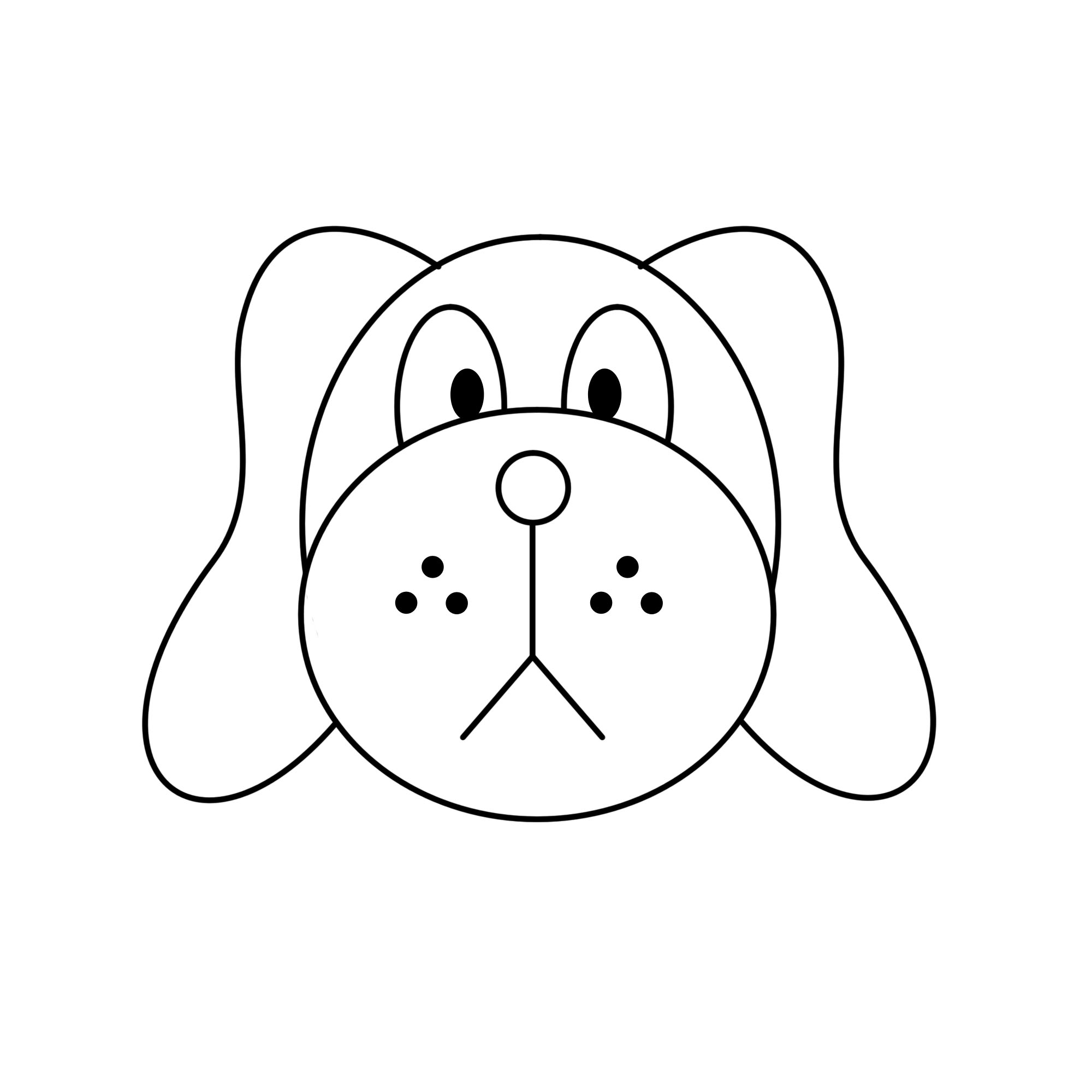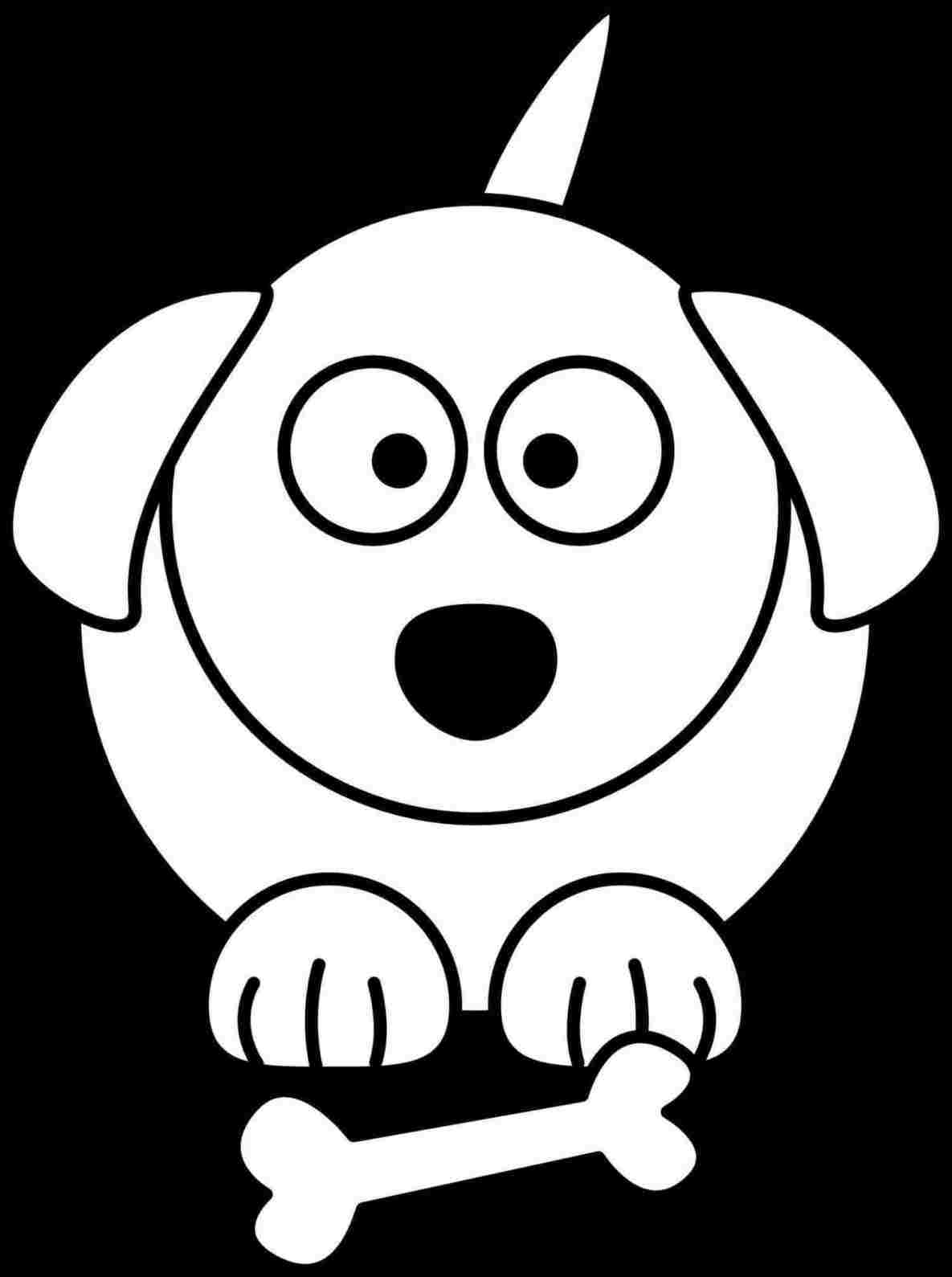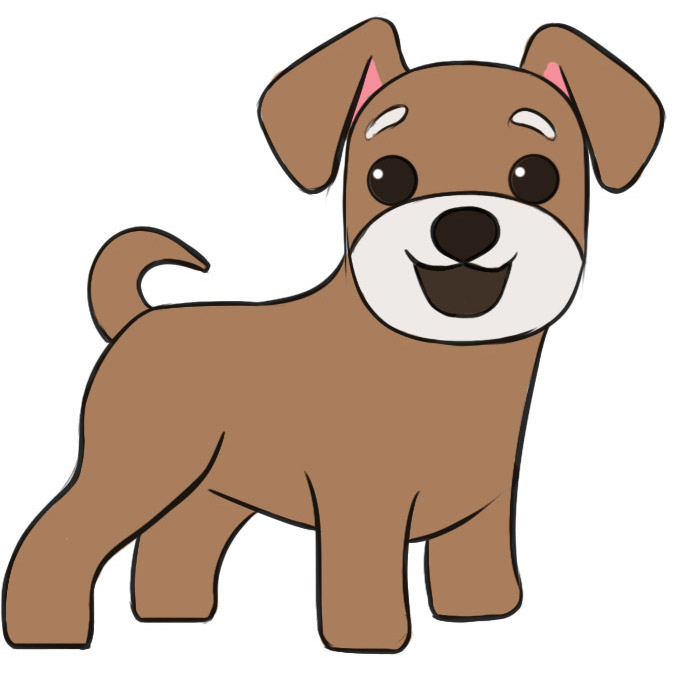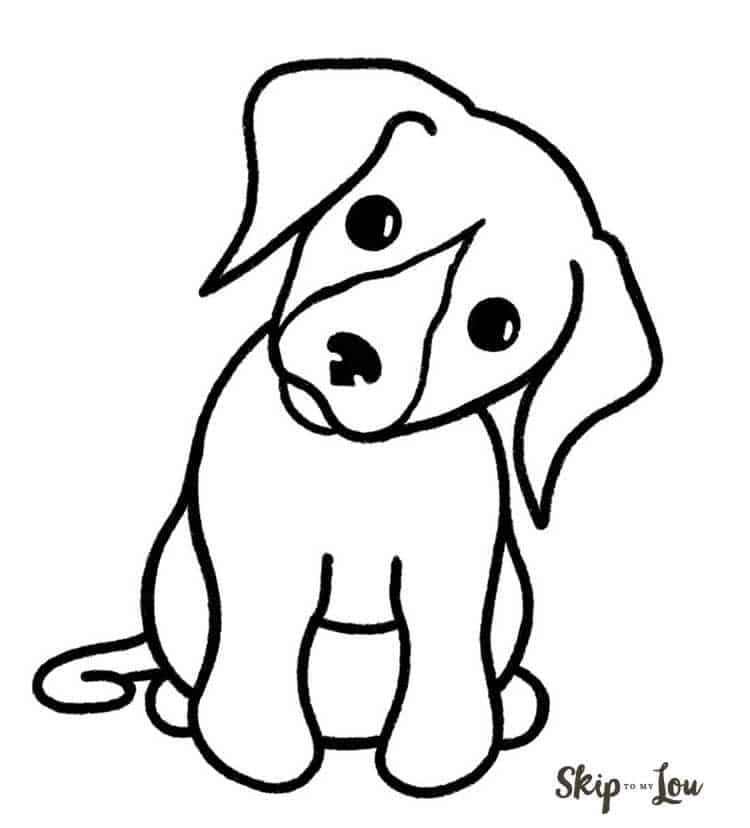The Joy of Drawing Dogs
Drawing can be a wonderful way to express your creativity, and one popular subject that many people enjoy drawing is dogs. Whether you want to create a realistic sketch or a simple cartoon-like illustration, learning how to draw dogs can be an enjoyable and rewarding experience. In this article, we will guide you through the process of drawing dogs step by step, suitable for beginners and art enthusiasts of all ages.
Gathering the Right Tools
Before we dive into the drawing process, it's important to gather the right tools. You will need a pencil, eraser, paper, and perhaps some colored pencils or markers if you wish to add color to your drawing. Make sure your pencil is sharp and eraser is in good condition to ensure precise and clean lines.

Starting with Basic Shapes
Begin by drawing the basic shapes that make up the dog's body. Dogs can come in various shapes and sizes, so it's important to decide which breed or type of dog you want to draw. Start with an oval shape for the head, followed by a larger oval or rectangle for the body. You can use circles for the joints and smaller shapes for the ears and tail.

Adding Details and Features
Once you have the basic shapes in place, it's time to add details and features to make your dog drawing come to life. Start by sketching the eyes, nose, and mouth, paying attention to their placement and proportions. Study reference images or observe real dogs to capture the unique characteristics of the breed you are drawing.

Defining the Fur and Textures
Next, focus on adding texture and defining the fur of your dog drawing. Dogs have different types of fur, ranging from short and smooth to long and fluffy. Use short, quick strokes to create a sense of fur, paying attention to its direction and flow. Experiment with different shading techniques to add depth and dimension to your drawing.

Bringing Your Drawing to Life
To bring your dog drawing to life, pay attention to the overall composition and posture of the dog. Consider the pose and position of the dog's body, legs, and tail. You can also add a background or additional elements to enhance the storytelling aspect of your drawing. Have fun and let your creativity flow!

Exploring Different Styles
Don't be afraid to explore different styles and techniques when drawing dogs. You can try drawing realistic portraits, cartoon-like illustrations, or even experiment with abstract interpretations. The more you practice, the more confident you will become in capturing the essence and personality of dogs in your artwork.

Seeking Inspiration and Learning Resources
If you're looking for inspiration or want to further improve your dog drawing skills, there are plenty of resources available. Online tutorials, art books, and even joining art communities or classes can provide valuable guidance and feedback. Remember, practice makes perfect, so don't be discouraged if your first attempts are not as you envisioned.

Conclusion
Drawing dogs can be a fun and fulfilling experience for artists of all skill levels. By following these simple steps and practicing regularly, you can enhance your drawing skills and create impressive dog illustrations. So grab your pencils and paper, and embark on this artistic journey to bring adorable dogs to life on your canvas!